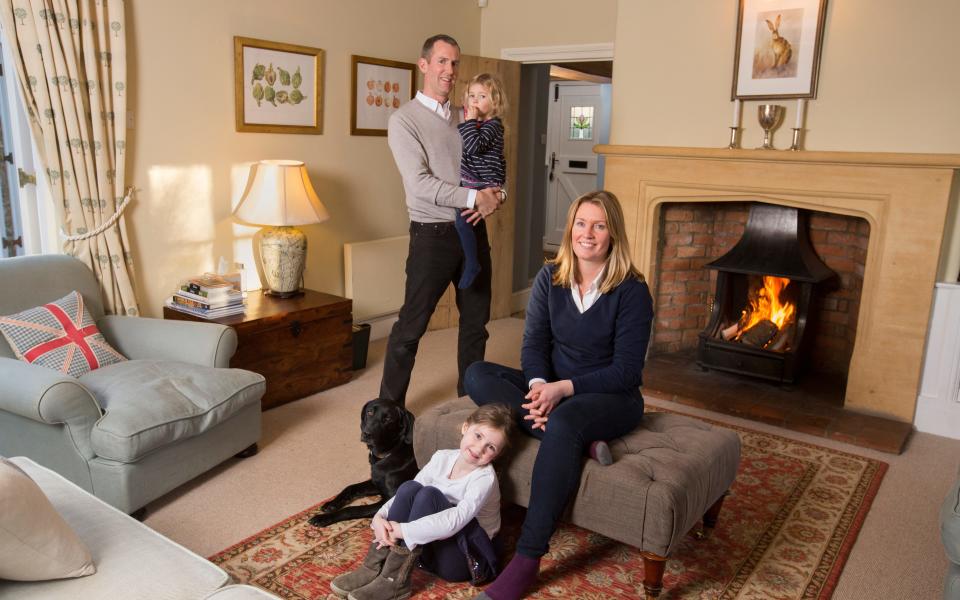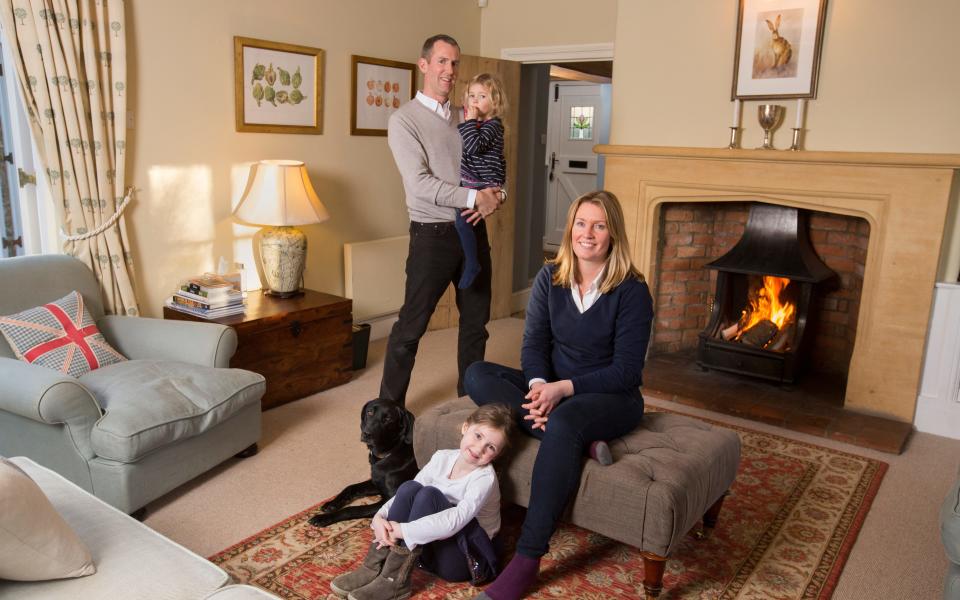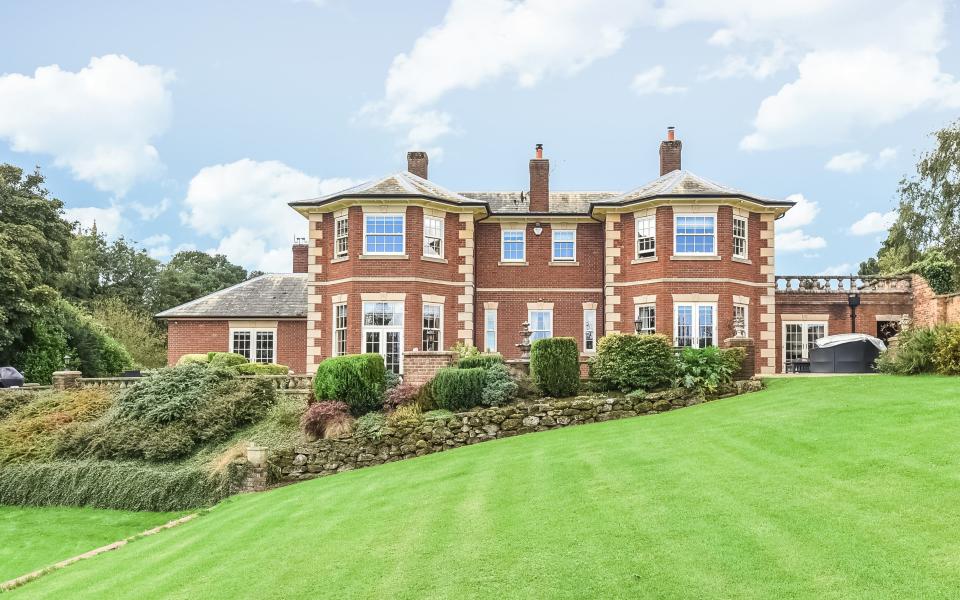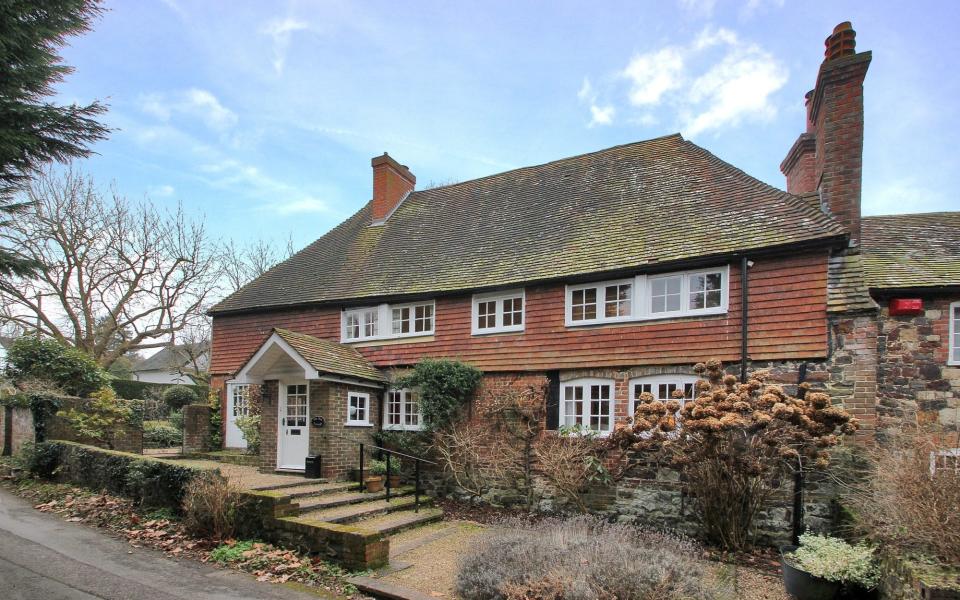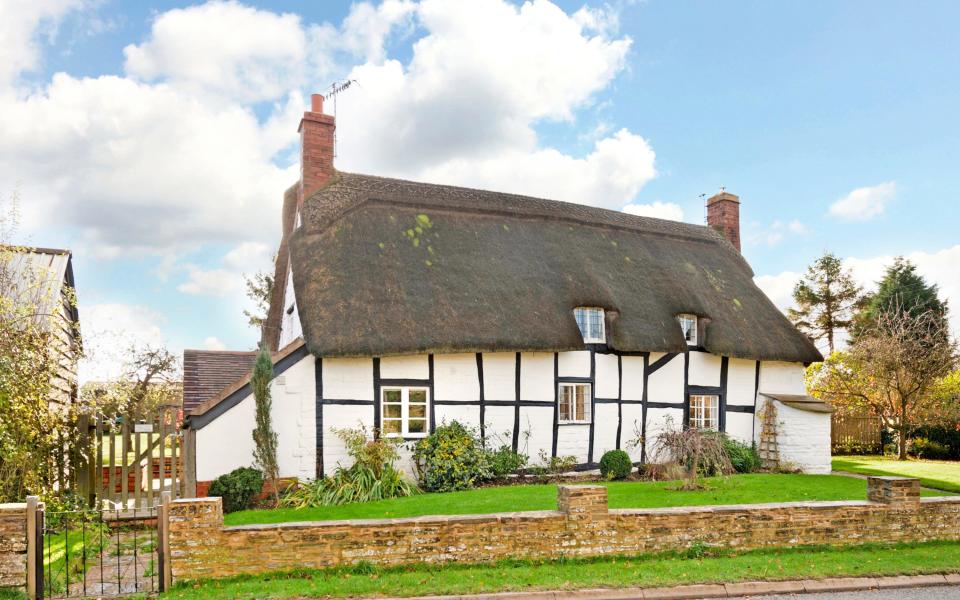The top 12 counties where you can save money by buying a house just over the border
Are you a countryside cliché or a backwaters bargain hunter? When making the move from town to country, the same hotspots come up time after time.
Oxshott, in the Surrey broker belt, is the village with highest number of homes priced over £1 million, reflecting the desirability of its detached housing stock: picture perfect, yet commutable to the City.
The designer villagers of the Cotswolds are the height of bucolic fashion, while the Cheshire golden triangle – Wilmslow, Prestbury and Alderley Edge – is the goal for those moving out of Manchester, and home to many a Premier League footballer.
However, with house price growth continuing to break records (values grew by £1,250 a month in 2016), now is the time to put postcode snobbery aside and explore the affordable counties where you’ll get more bang for your buck. New research from Savills, exclusive to the Telegraph, has pinpointed the 12 counties with the largest price gap compared with their neighbours.
At the top of the ranking is Kent, where the average house price of £289,700 is nearly a third cheaper than the surrounding counties of Greater London, Essex, East Sussex and Surrey. County Durham and Northamptonshire round out the top three, and the list also includes Gwent, Bedfordshire and Staffordshire.
“Country house buyers have traditionally concentrated their search on familiar counties in the South and South West, prioritising easy access to London, great schooling, glorious countryside and architecture,” says Savills’ Lindsay Cuthill. “Yet, cast the net slightly further and slightly wider and there’s a number of undervalued counties with similar attributes.”
He cites the East and West Midlands, Northamptonshire and Bedfordshire as classic examples of counties in the middle England cluster that can but shouldn’t be overlooked.
“In the past, the kudos of a sought-after address and the familiarity of knowing other local country house owners has led to buyers’ specific search locations,” Cuthill adds. “However, in recent years, buyers have opened up their criteria to other areas – recognising the value that can be had in alternative counties.”
Charlie Battle, 37, sold his Ealing flat to buy a family home in his childhood region of the East Midlands. A livestock nutritionist who sells feed across the country, Battle is perfectly positioned from his Northamptonshire village of Deenethorpe to access the motorway, and a train service runs from nearby Corby to London St Pancras.
The father-of-two also wanted to be close to his parents in Lincolnshire and his in-laws in Buckinghamshire; on the weekend, he helps them run a cherry farm near Milton Keynes that sells fresh fruit locally and distributes them as corporate gifts (englishcherry.co.uk).
“It’s a beautiful part of the world,” he says. “We’re close to Rutland Water, where we take the girls cycling and walking, and helping on the cherry farm teaches them to work hard.”
There are also big independent schools in the area: Oakham, Oundle, Uppingham and Stamford.
The Battles’ Grade II listed, four-bedroom house, Hicklings, was once a pair of 18th-century cottages, now knocked into one stone property with unbroken views over fields and woodland and four types of roses climbing up the facade.
Covering 2,600 sq ft, Hicklings is littered with period features such as beams in the kitchen, and it has an Aga and a wrap-around garden. It’s on the market with Savills for £595,000, as the Battles are looking to upsize in the area.
The average price of a house in Northamptonshire is £220,913 – that’s £75,828 (or 25.6 per cent) cheaper than its neighbouring counties of Oxfordshire, Buckinghamshire and Cambridgeshire.
Northamptonshire is often passed over in favour of the Cotswolds or Home Counties, says Savills’ Crispin Holborow, even though the property landscape mirrors that of its county neighbours, with pretty stone cottages, smart redbrick houses, rectories, manor houses, barn conversions and small country estates.
“Northants has attractive market towns with strong amenities, traditional villages with community pubs and a range of equestrian and country pursuits – Pitsford Water being a popular spot for walking, cycling, fishing and sailing,” Holborow says. “Its situation in the very heart of England gives it easy access to virtually any part of the country.”
For those looking to make the lifestyle switch from London to the countryside – without venturing as far as Northamptonshire – Kent offers better value for money than Surrey, Sussex, Hertfordshire or Essex.
“We settled in Kent as it’s one of the most beautiful and well-positioned counties in the UK,” says retiree Jim Murdoch, who moved there 23 years ago. “It has great variety of scenery and places of interest and is so close to London.”
He is selling his Grade II listed, five-bedroom cottage in the hamlet of Mary St Platt to move to a retirement complex in Maidstone. Spread over 2,171 sq ft, it has a walled garden and detached garage with lapsed planning consent for a conversion. It’s priced at £895,000 through Knight Frank.
The local town of Borough Green is a mile away and has a supermarket, bank, post office, pharmacy and a station with links to London Blackfriars (48 minutes) and London Victoria (45 minutes).
Russell Quirk, founder of the online agent eMoov, thinks that counties just outside the capital are benefiting from the over-heated London market. “With the improvement of rail links and other transport infrastructure, Essex and Kent have become commutable options for those working in the City,” he says.
“Both counties are vast in size, and there is an abundance of housing at each end of the property scale, whether you are looking for a £1 million mansion or a two-bedroom detached home. No longer retirement counties, these areas are popular options for families and young professionals chasing the home ownership dream.”
Essex is the 12th location on Savills’ ranking. The average property costs £303,956, a discount of £58,479 (or 16 per cent) on its bordering counties.
Bedfordshire is also absorbing the overspill from London and high-price areas in the South East, which are pushing buyers up the M1 for better affordability and a change of lifestyle within commuting distance of the capital. It also has its own business hub to offer jobs and opportunities.
“Milton Keynes has experienced a dramatic change over the last decade, and Leighton Buzzard is another place shaking off its old industrial status, evolving into an attractive market town with excellent schools and transport links,” says Caroline Murgatroyd of Hunters. The 30-minute train journey into London Euston attracts young professionals from London, she adds, as does the price of a good four-bed at £450,000.
Ninth on Savills’ list, the average property price in Bedfordshire is £266,843, which is £60,555 (or 18.5 per cent) lower than its neighbours.
The cheapest rural property prices are in Mid Glamorgan (£132,933) and County Durham (£136,351). Neither are pegged to the London property market, better suited to those who spend a few days a week working in Cardiff or Edinburgh respectively.
“County Durham is an attractive place: house values are low, as are crime rates,” says Quirk. “The villages have a close-knit, community feel, it’s near the coast and the Weardale is wonderful for fresh air and walks.”

 Yahoo Finance
Yahoo Finance 